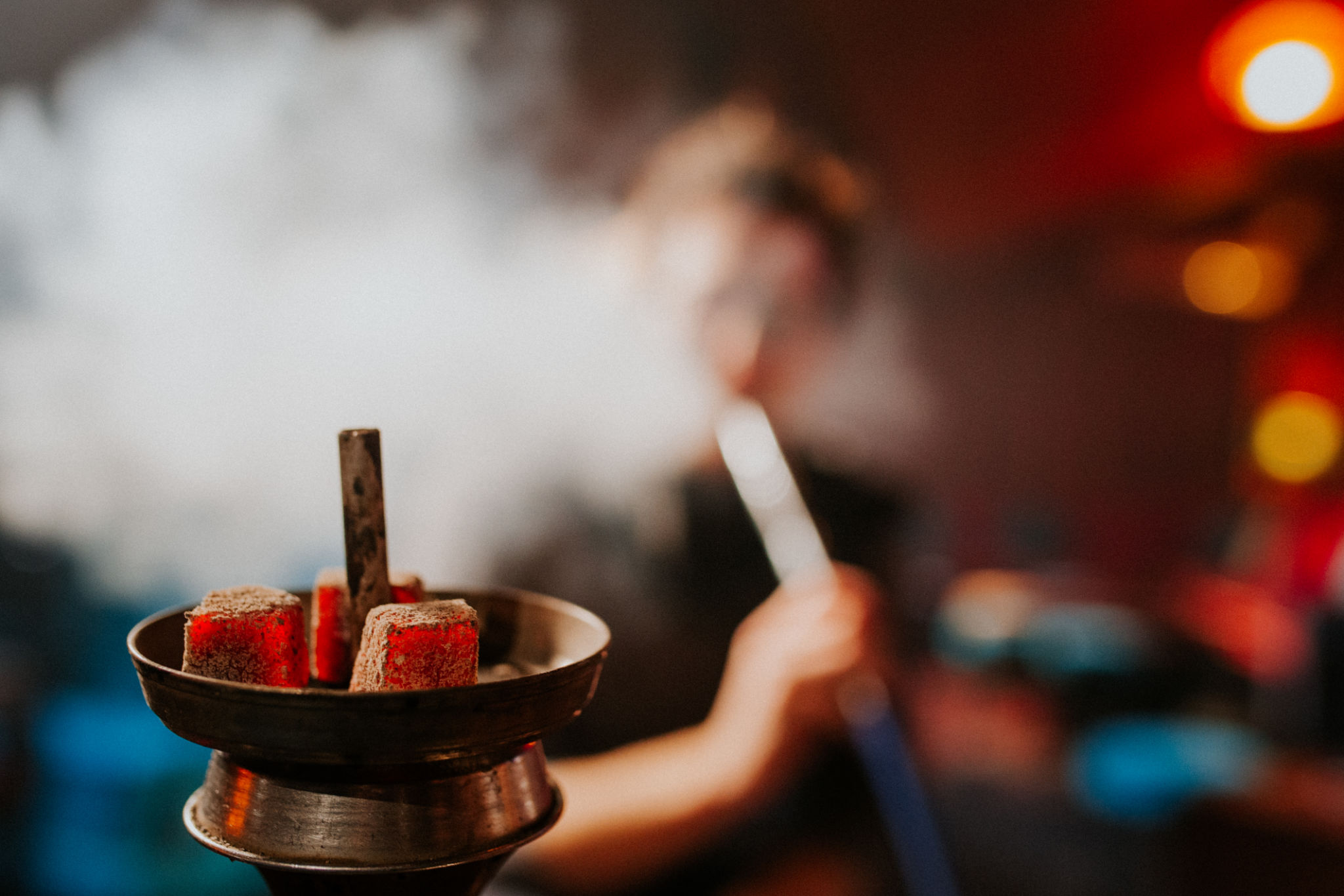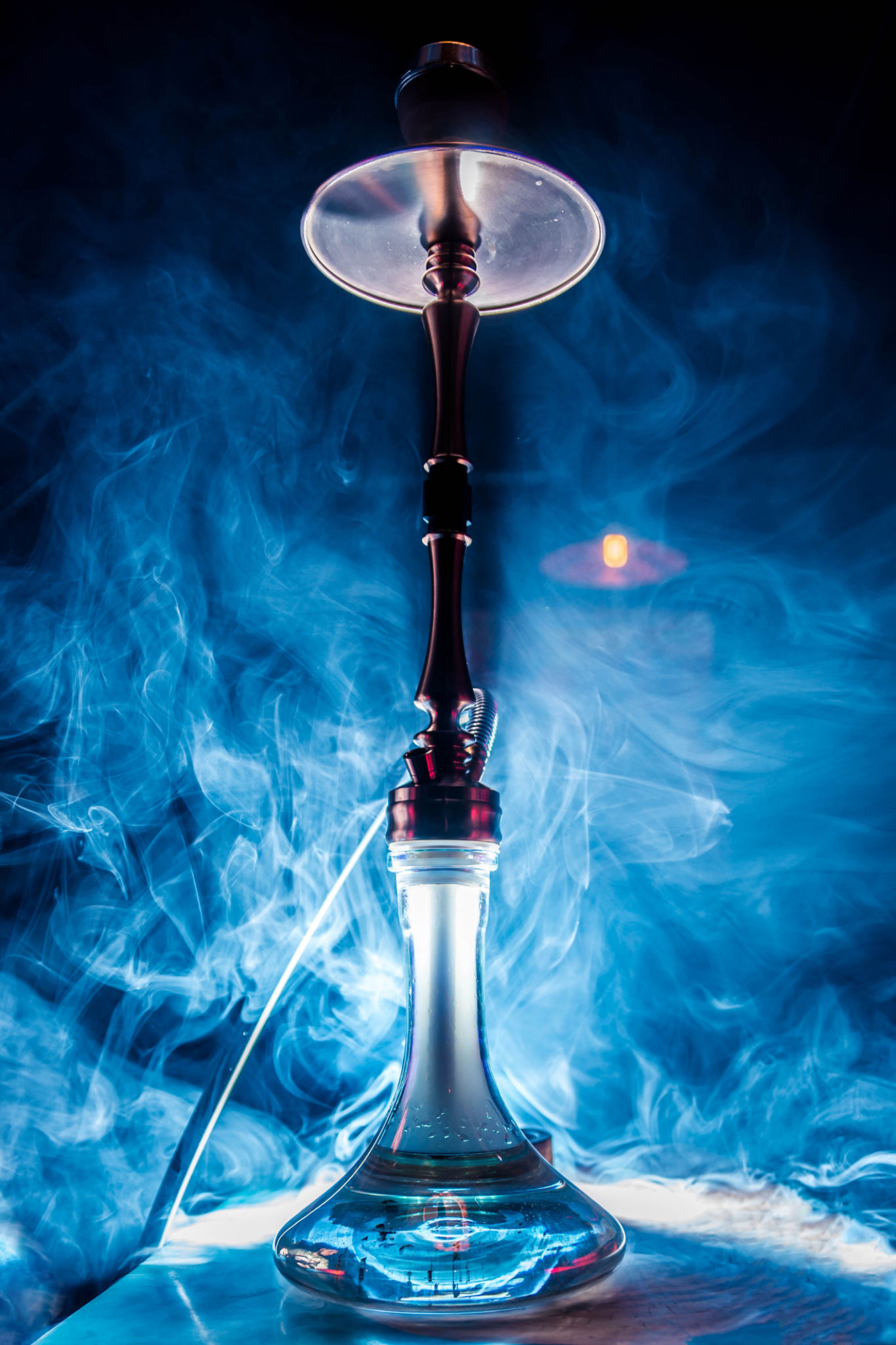Exploring the Rich History and Culture of Hookah
The Origins of Hookah
The history of hookah, also known as shisha or waterpipe, dates back several centuries and originates from the Indian subcontinent. It was initially designed to smoke opium and tobacco. The device was created as a means to purify smoke through water filtration. Over time, hookah spread throughout Persia and the Middle East, becoming an integral part of the social scene.
During the Mughal Empire in the 16th century, hookah became a symbol of prestige and luxury. The Mughals were instrumental in popularizing hookah and incorporated it into their cultural practices. As the empire expanded, so did the appeal of hookah, which eventually reached other parts of Asia and the Arabian Peninsula.

Hookah's Cultural Significance
Hookah holds a unique place in the social fabric of many cultures. In Middle Eastern societies, it is often associated with social gatherings, hospitality, and communal bonding. Sharing a hookah is seen as a gesture of friendship and warmth. It is common to find hookahs in cafes and social clubs, where people gather to relax and engage in conversation.
Beyond its social aspects, hookah has also played a role in traditional ceremonies and rituals. In some cultures, it features prominently in weddings, celebrations, and religious festivals. The act of sharing a hookah is symbolic of unity and togetherness, transcending age and social barriers.

The Art of Hookah Preparation
Preparing a hookah is considered an art form that varies from region to region. The process involves several steps to ensure a smooth and enjoyable experience. First, selecting high-quality tobacco is crucial. Flavored tobacco, known as shisha, has become increasingly popular, offering a wide range of options such as apple, mint, and berry.
Next, the hookah base is filled with water, sometimes infused with fruit juices or wine to enhance the flavor. The tobacco is packed into the bowl, covered with foil or a metal screen, and heated with charcoal. The smoke passes through the water before being inhaled through a long hose.

Modern Hookah Trends
In recent years, hookah has experienced a resurgence in popularity around the world. Modern hookah lounges have emerged in urban areas, offering a contemporary twist on this ancient tradition. These lounges often provide an array of flavors and styles, from traditional to exotic blends.
The rise of social media has also contributed to hookah's global appeal. Enthusiasts share their experiences and creations online, inspiring others to explore the art of hookah. Despite its historical roots, hookah continues to evolve, adapting to modern tastes while preserving its rich heritage.
Health Considerations
While hookah is enjoyed by many for its social and cultural aspects, it's important to be aware of potential health risks. Smoking hookah involves inhaling tobacco smoke, which contains harmful chemicals. Health organizations caution that it poses similar risks to cigarette smoking, including respiratory issues and addiction.
For those who choose to partake in this tradition, moderation and mindfulness are key. Exploring healthier alternatives such as herbal shisha or reducing frequency can help mitigate some risks associated with hookah smoking.

The Global Impact of Hookah
Hookah's influence extends far beyond its origins, becoming a global phenomenon embraced by diverse cultures. From Europe to America, hookah lounges cater to various clientele, offering a taste of Middle Eastern hospitality and culture. This cultural exchange has enriched communities worldwide, fostering an appreciation for the traditions associated with hookah.
As globalization continues to blur cultural boundaries, hookah serves as a reminder of our shared human experiences. It exemplifies how traditions can be preserved while adapting to new contexts, uniting people across different backgrounds through a common passion.

